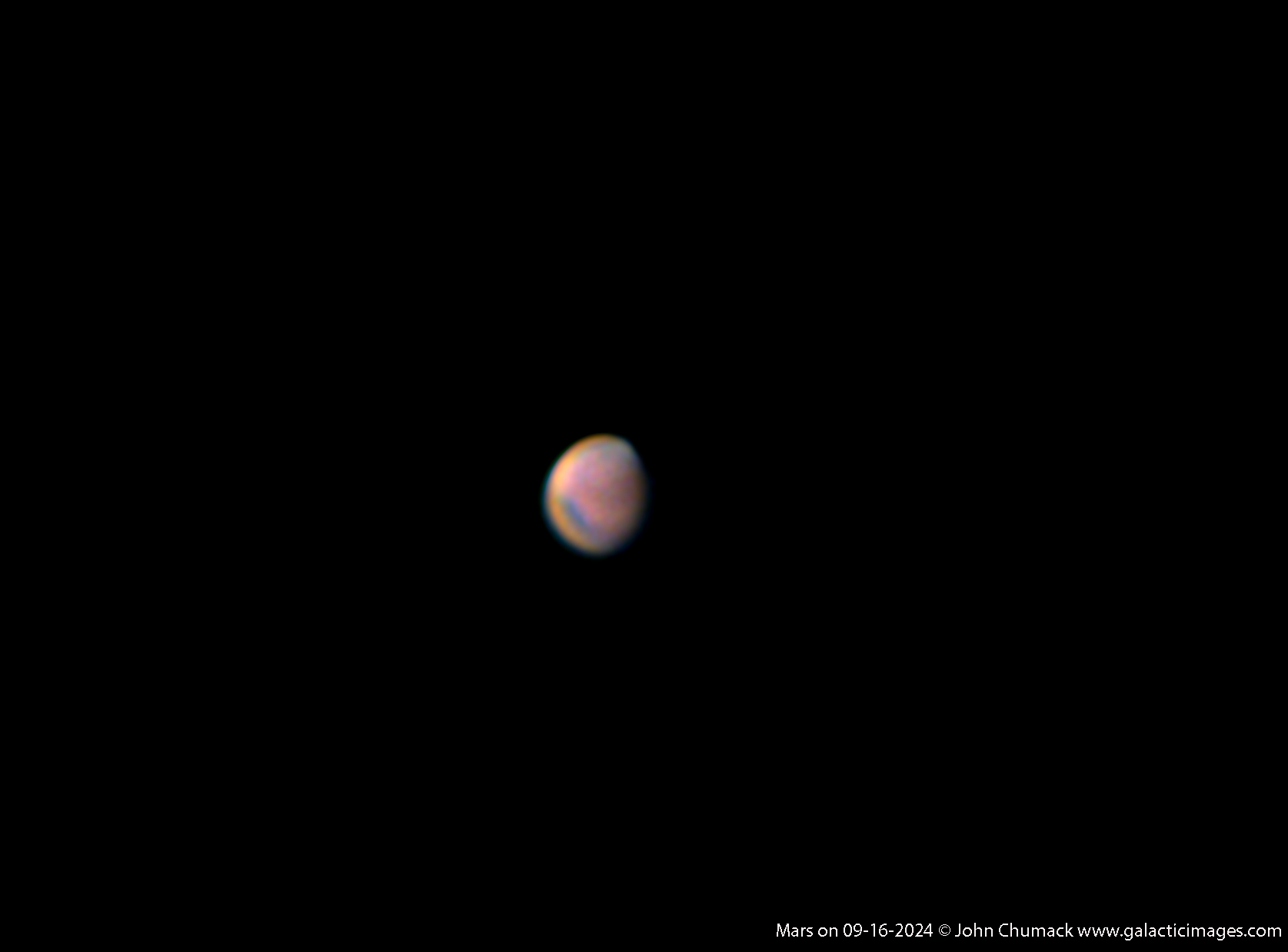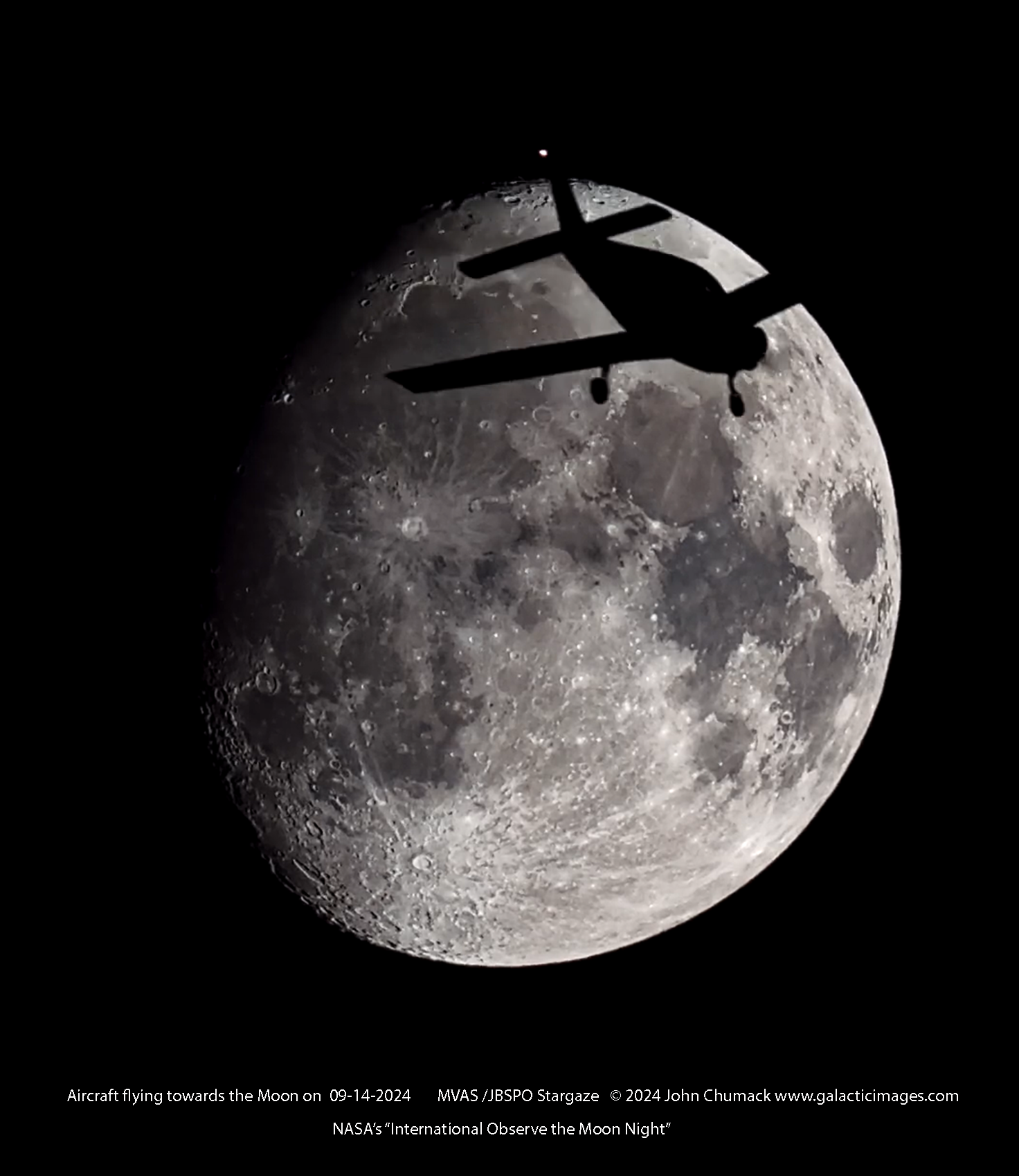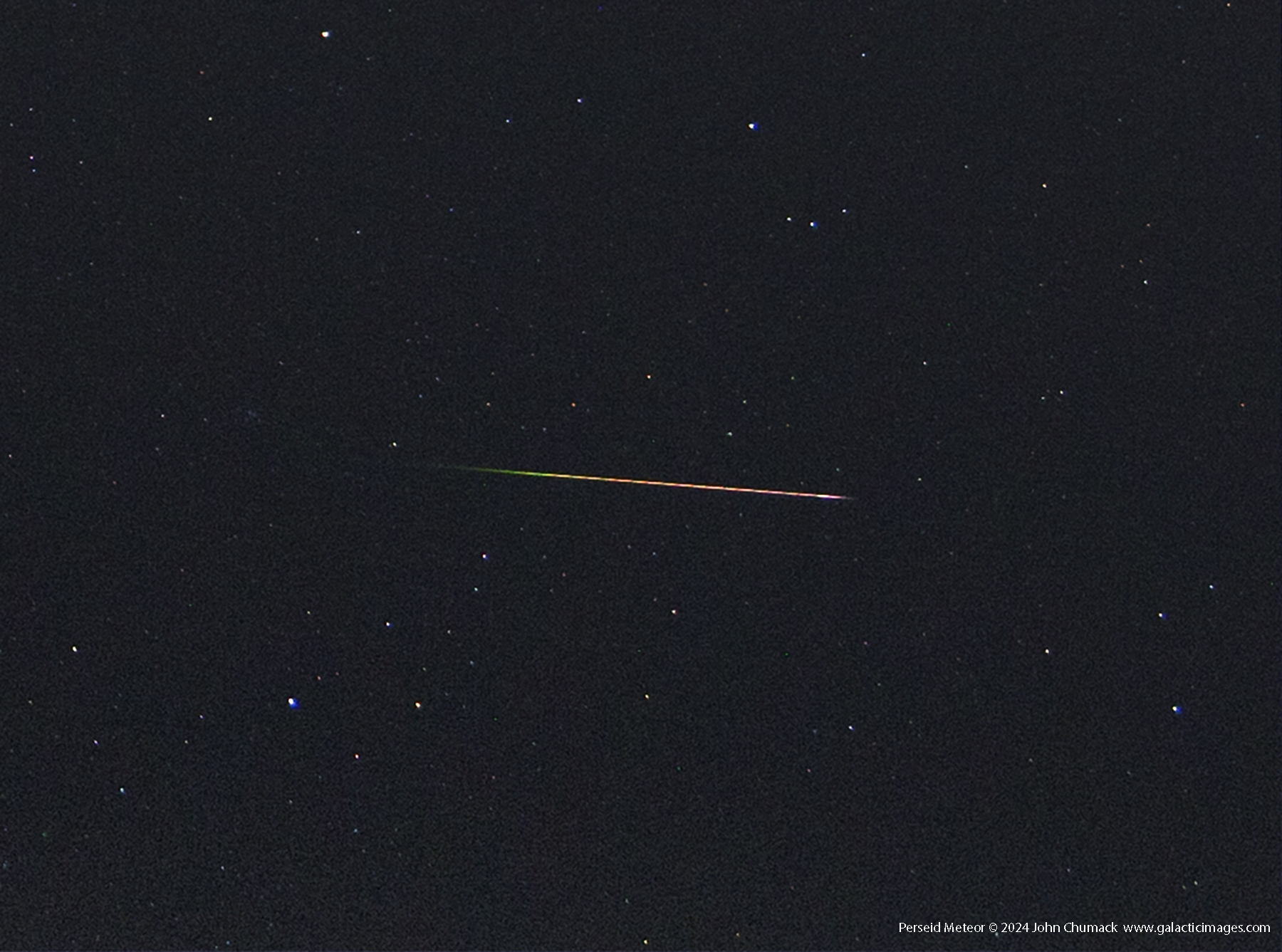Jupiter with moons Io & Europa captured on 10-08-2024 at 10:20 UT
Jupiter with moons Io & Europa captured on 10-08-2024 at 10:20 UT from my backyard observatory in Dayton, Ohio. The Seeing was 8/10, so I got some decent cloud top details.
C-11 SCT Telescope, Bisque MyT Mount, QHY462MC Cmos Camera, 2x Barlow, ADC, Fire-Capture Software, SER Video File Captured, 6ms exposures,
3,100 frames stacked out of 7,300, Processing in Astrosurface, Registax6, Adobe Raw CC 2025.
Best Regards,
John Chumack
Comet C/2023 A3 (Tsuchinshan-ATLAS) on 10-19-2024
C/2023 A3 (Tsuchinshan–ATLAS) on 10-18-2024 – A Close-up
Comet 2023 A3 Tsuchinshan-ATLAS on 10-15-2024
Comet 2023 A3 Tsuchinshan-ATLAS on 10-16-2024
Jupiter and the Jovian Atmosphere on 10-08-2024
Had some good stable seeing early this morning from my backyard in Dayton, Ohio.
Jupiter on 10-08-2024 at 10:24 UT
My old Orange tube C-11 Telescope, Bisque MyT Mount, QHY462MC Cmos Camera, 2.5x barlow, ADC,
Fire-Capture Software, 6ms exposures, SER Video File, 9,000 frames stacked.
Astrosurface, Registax6, Adobe Raw CC 2025
Best Regards,
John Chumack
www.galacticimages.com
The Planet Mars on 09-16-2024
Here is a shot of Mars that I captured in the early morning of 16 September 2024 at 09:23 UT, while it was only 7 arc seconds across, and the lit phase was only 41%.
You can see the North Polar Cap shrouded in clouds, at the bottom you can see the darker surface feature of Terra Meridiani.
Despite its tiny size at the moment, there are still larger details to be seen and captured. Mars is currently shining at 0.54 magnitude
Light takes 10 minutes and 38.9422 seconds to travel from Mars and arrive to us.
The distance of Mars from Earth is currently 119,023,676.728 miles (191,550,040 kilometers).
This image was captured from my backyard observatory in Dayton, Ohio with my C-11 SCT scope, Bisque MyT Robotic Mount, QHY462mc Cmos color Camera, 2x Barlow, ADC, Captured with Fire-Capture Software as a SER Video File, 4ms exposure, stacked 6000 frames out of 14,000, Astrosurface, Registax6, and Adobe Raw CC 2025.
Best Regards,
John Chumack
www.galacticimages.com
A Piper Warrior Airplane flying in front of the Moon
Saturn’s Rings are tilting
Saturn’s Rings will disappear from sight in March of 2025, but only for a few months.
During Saturn’s 29.5 year orbit around our Sun, the planet Saturn presents a ring plane crossing every 14-15 years as seen from Earth.
In reality, it all has to do with planetary alignments.
As Saturn and Earth orbit the Sun, the two planets align in such way that gives us these wonderful views of
Saturn’s majestic rings and the tilting/ring plane cycle.
This is what I really like about Saturn, that every year I can look and see the rings tilted at a slightly different angle than the previous year, but when it goes edge on and vanishes, it looks really strange!!…as we are so accustomed to seeing the ring system around the planet.
Saturn’s rings are so thin (30ft up to 2 miles thick in some places) when viewed from Earth, that they seemingly vanish when viewed edge-on, due to our distance from Saturn.
The distance of Saturn from Earth is currently 1.3 billion kilometers (~ 812.5 million miles), the reflected light takes 1 hours, 12 minutes and 41.6580 seconds to travel from Saturn and arrive to us on Earth.
Now you may still see the ring’s shadow cast upon the planet’s disk, but the rings will become invisible to your eyes or cameras when looking or shooting through the telescope come March of 2025.
Capture details:
C-11 SCT telescope, ADC, 2x Barlow, QHY462C Cmos Camera,
Fire-Capture Software, SER file, 60FPS, 17 ms exposures, stacked 50% of 5,000 frames.
Astrosurface, Registax6, and Adobe Raw CC.
High haze and poor seeing, but I managed to pull this image out of the muck.
Captured from my backyard observatory in Dayton, Ohio on 08-15-2024 at 05:59 UT
Best Regards,
John Chumack
www.galacticimages.com
Perseid Meteors on 08-12-2024
Perseid Meteor on 08-12-2024
Here is a nice one…the original wider angle image shows Cassiopeia and Perseus constellations rising in the Northeastern sky above my backyard observatory dome.
The second close-up image of the Perseid Meteor.
The color of a meteor depends on its chemical composition.
Note the nice colors in my close-up shot of this Perseid Meteor.
Some common meteor colors are: Orange-yellow (sodium), Yellow (iron), Blue-green (magnesium), Violet (calcium), and Red (atmospheric nitrogen and oxygen).
These are the typical colors of meteors as they burn up entering the Earth’s atmosphere, with the meteors moving at an average speed of 133,200 mph (214,365 kph).
Best Regards,
John Chumack
www.galacticimages.com












